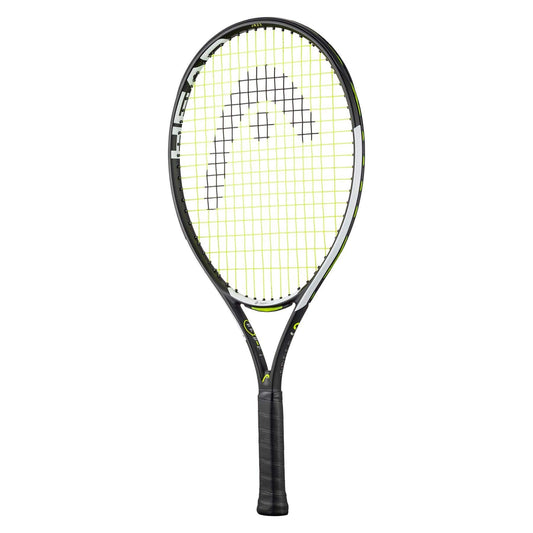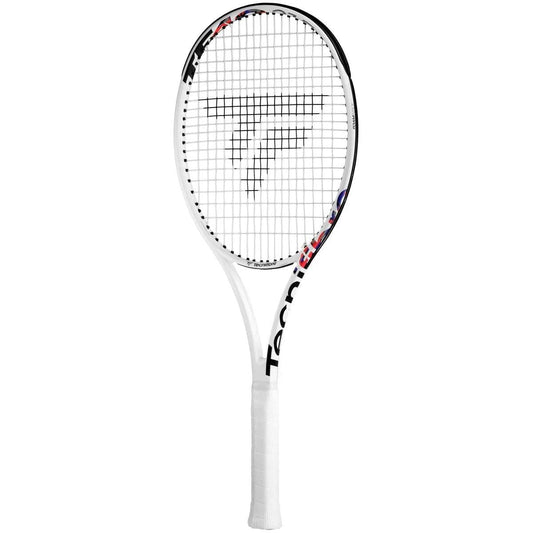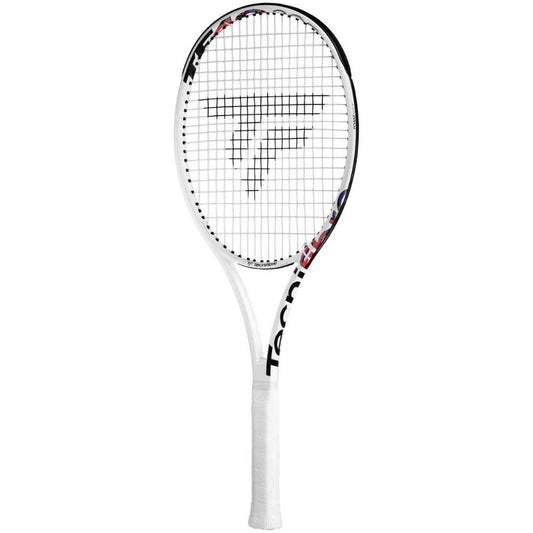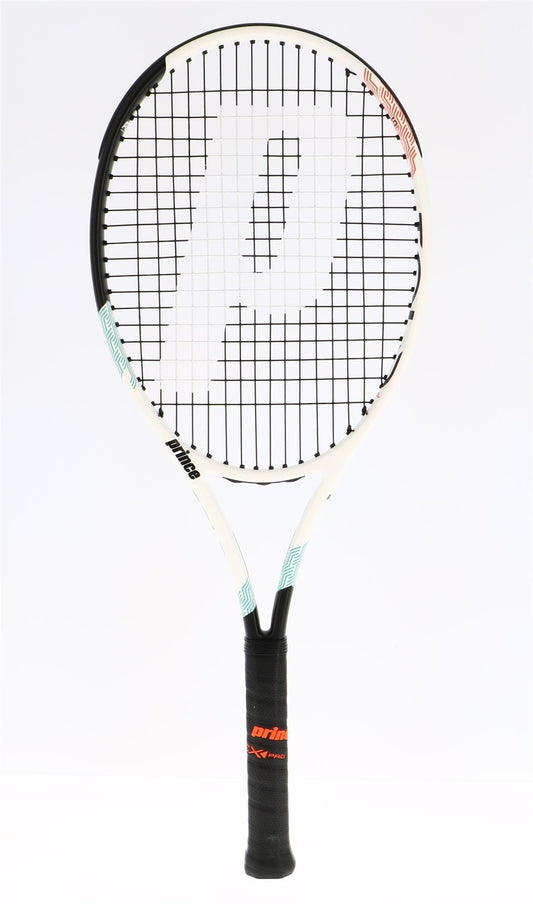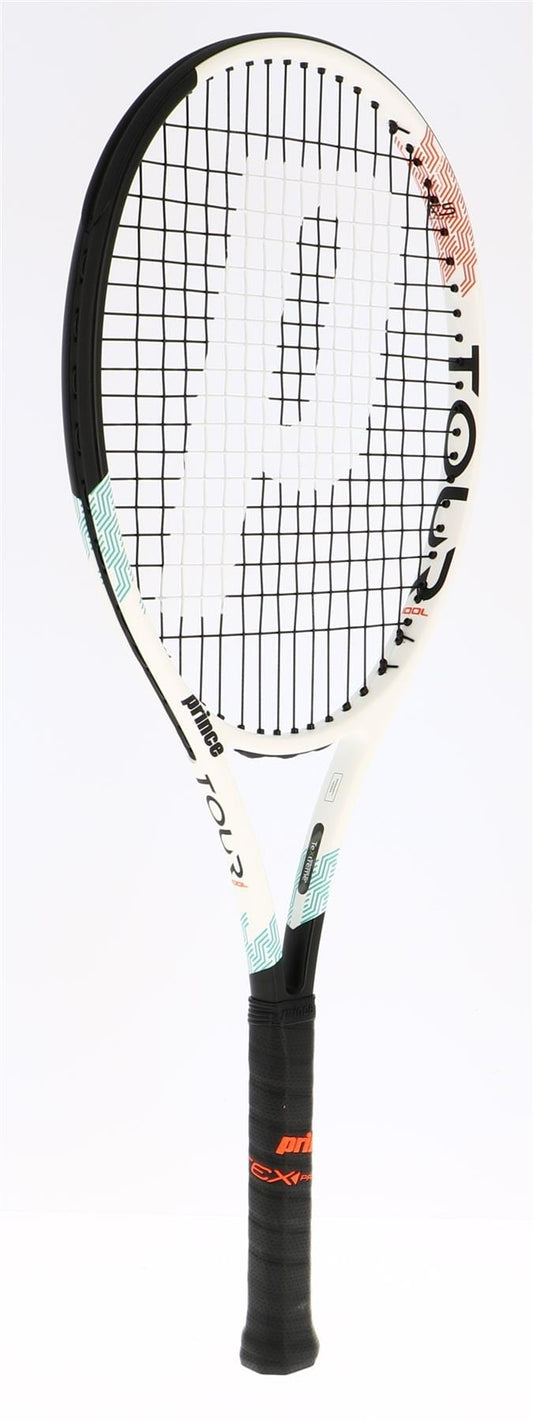Collection: Tennis Rackets for Control
When it comes to tennis, control is a fundamental aspect of the game. Control tennis racquets can significantly impact your precision, accuracy, and ability to dictate points. In this guide, we will explore the features and characteristics of tennis rackets for control, helping you make an informed decision when selecting the perfect racket to enhance your control on the court.
What is a control tennis racket?
A control tennis racket is a racket specifically designed to provide players with a high level of precision, accuracy, and command over their shots. It is typically characterized by certain features that contribute to better control on the tennis court.
The primary goal of a control racket is to offer players the ability to place the ball exactly where they intend, with minimal effort and maximum predictability. Tennis rackets for control achieve this by focusing on factors such as racket head size, weight and balance, string pattern, string tension, flexibility, grip size, and frame stiffness. Let's explore these features in more detail:
- String Pattern: Tennis rackets for control often feature a denser string pattern. A denser string pattern means the strings are closer together, resulting in a tighter string bed. This tight string pattern enhances control by minimizing string movement and offering a more consistent and precise response upon ball contact. The most popular 'dense' stringing pattern is 18x20, however this is not the only dense pattern available.
- Racket Head Size: Tennis rackets for control generally feature a smaller head size. A smaller head provides a more compact hitting area, allowing for increased control over shot placement. The reduced head size minimizes the chance of the ball deflecting off the racket face, resulting in more predictable and accurate shots.
- Racket Weight and Balance: The weight and balance of a racket play a crucial role in control-oriented play. Heavier rackets, especially those with a head-light balance, offer enhanced stability and control during shot execution. The additional weight provides better plow-through, allowing players to generate controlled power and maintain accuracy.
- String Tension: String tension is another factor that can affect control. Opting for a higher string tension can provide greater control over the ball as it interacts with the racket strings. Higher tension reduces the trampoline effect, allowing for increased shot accuracy and predictability.
- Flexibility: The flexibility of a racket can impact control. Rackets with a moderate level of flexibility offer a balance between power and control. They provide sufficient feedback and feel, enabling players to sense the ball and make subtle adjustments during their strokes.
- Grip Size: Choosing the right grip size is essential for optimal control. A grip that is too small or too large can hinder your ability to grip the racket comfortably and maintain control over your shots. Ensure that the grip size allows for a relaxed yet secure hold, enabling precise racket maneuverability.
- Frame Stiffness: Racket frame stiffness can influence control as well. A stiffer racket frame provides more power but can sacrifice control. If control is your priority, consider a racket with a moderate or flexible frame that offers better shot placement and feel.
- Frame Beam: A thinner frame beam generally results in better control. A racket with a thinner beam offers greater maneuverability and a more responsive feel. It allows players to make subtle adjustments and execute shots with enhanced precision. On the other hand, a thicker frame beam can provide added stability and power. It can help dampen vibrations and reduce unwanted flex in the racket, providing a solid feel.
-
Practice and Adaptation: Remember, while selecting a tennis racket for control is crucial, mastering control on the court requires practice and adaptation. Regular practice sessions focused on precision and shot placement will enhance your ability to control the ball effectively, regardless of the racket you choose.
How do I add more control to my tennis racket?
As alluded to within the list above, string tension is a factor which can impact the control of a racket. The easiest way to add more control to a tennis racket would be to increase string tension, and reduce the trampoline effect of the strings. Tighter strings reduce power and make it less likely that the ball will land out of court so is a quick and easy fix to upgrade your control. Please be aware however that stringing at high tensions with polyester strings can increase the stress and strain on the arm and lead to injury.
Best tennis rackets for control
Whilst there is no 'best' racket for control as every player has different techniques and preferences, the most popular tennis rackets for control are the Babolat Pure Strike tennis rackets, Head Gravity tennis rackets , and Yonex VCore Pro tennis rackets.
In conclusion, selecting tennis rackets for control can significantly elevate your performance on the court. By considering factors such as racket head size, weight and balance, string pattern, string tension, flexibility, grip size, frame stiffness, and personal preference, you can find the perfect racket to enhance your control and maximize your potential. So go ahead, explore the world of tennis rackets for control, and take your game to the next level!
-

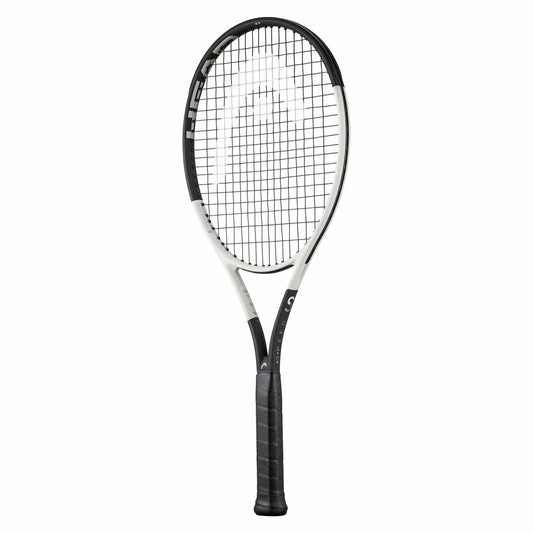 Grip 2 (4" 1/4)Grip 3 (4" 3/8)Grip 4 (4" 1/2)Grip 5 (4" 5/8)300GPrecision / Control100 in² / 645 cm²
Grip 2 (4" 1/4)Grip 3 (4" 3/8)Grip 4 (4" 1/2)Grip 5 (4" 5/8)300GPrecision / Control100 in² / 645 cm²HEAD Speed MP 2024 Tennis Racket - White / Black
Save 28%Regular price From £166.00Regular priceUnit price / per£230.00Sale price From £166.00Sale -
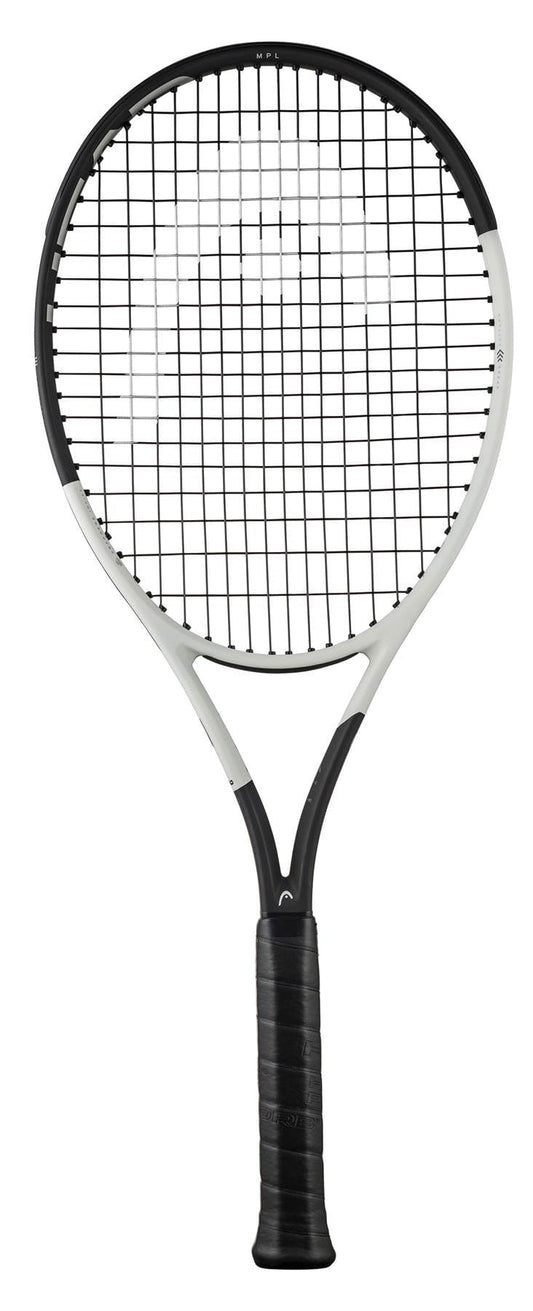
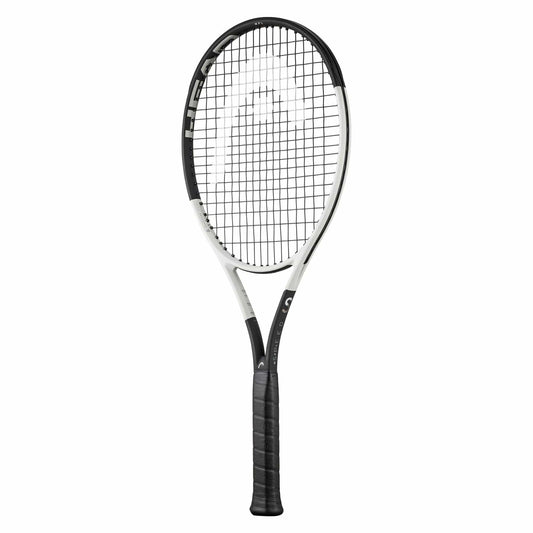 Grip 1 (4" 1/8)Grip 2 (4" 1/4)Grip 3 (4" 3/8)Grip 4 (4" 1/2)280GPrecision / Control100 in² / 645 cm²
Grip 1 (4" 1/8)Grip 2 (4" 1/4)Grip 3 (4" 3/8)Grip 4 (4" 1/2)280GPrecision / Control100 in² / 645 cm²HEAD Speed MP L 2024 Tennis Racket - White / Black
Save 31%Regular price From £138.76Regular priceUnit price / per£200.00Sale price From £138.76Sale -
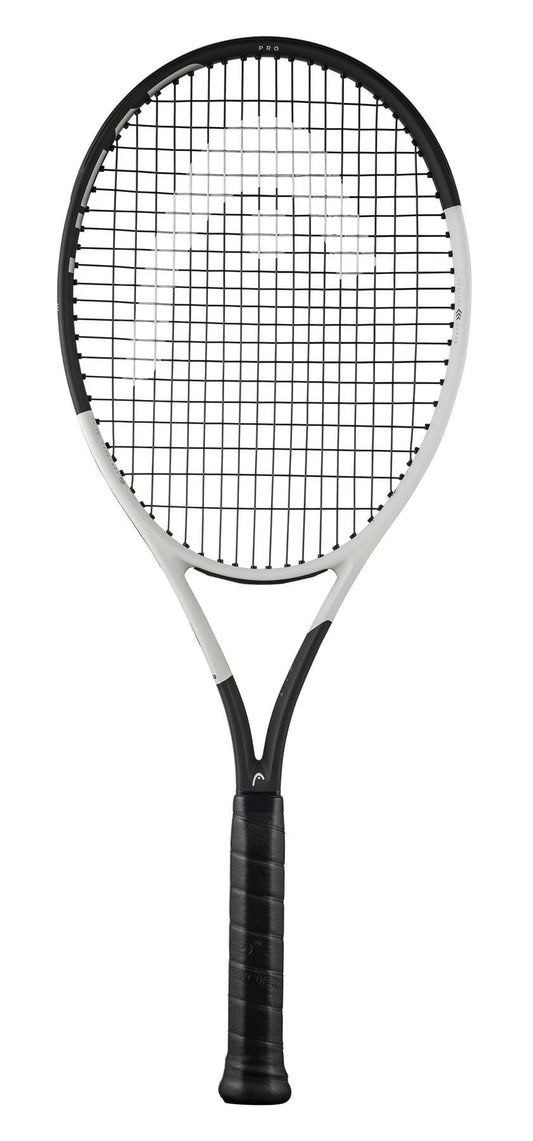
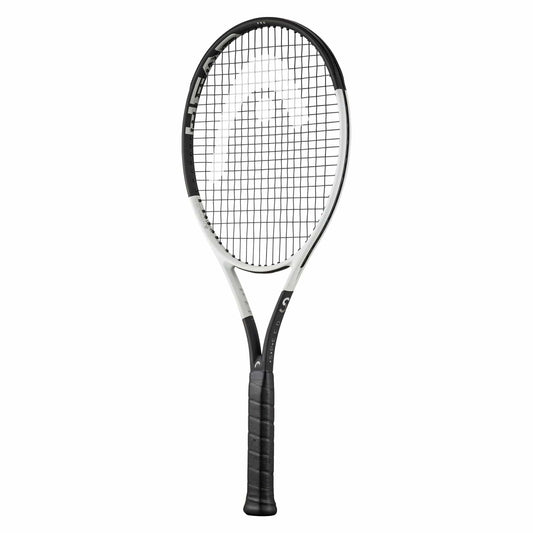 Grip 2 (4" 1/4)Grip 3 (4" 3/8)Grip 4 (4" 1/2)Grip 5 (4" 5/8)310GPrecision / Control100 in² / 645 cm²
Grip 2 (4" 1/4)Grip 3 (4" 3/8)Grip 4 (4" 1/2)Grip 5 (4" 5/8)310GPrecision / Control100 in² / 645 cm²HEAD Speed Pro 2024 Tennis Racket - White / Black (Frame Only)
Save 28%Regular price From £171.95Regular priceUnit price / per£240.00Sale price From £171.95Sale -
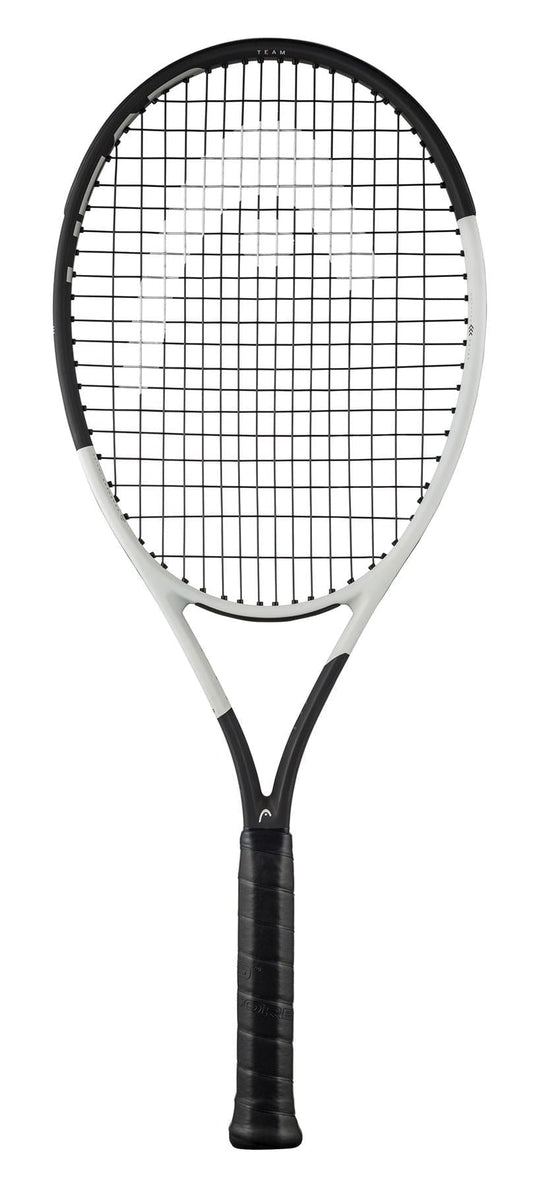
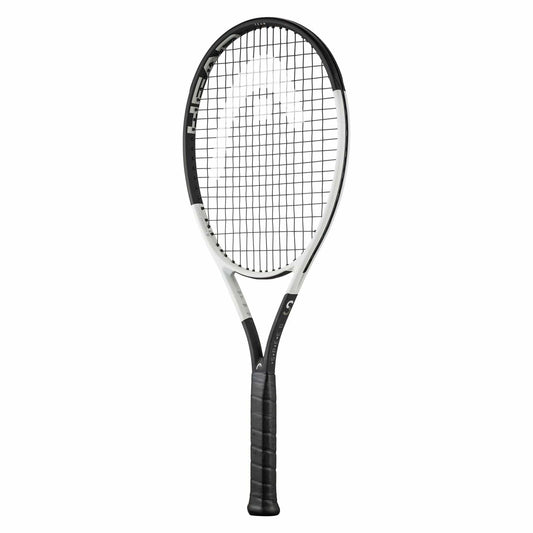 Grip 1 (4" 1/8)Grip 2 (4" 1/4)Grip 3 (4" 3/8)Grip 4 (4" 1/2)270GPrecision / Control105 in² / 677 cm²
Grip 1 (4" 1/8)Grip 2 (4" 1/4)Grip 3 (4" 3/8)Grip 4 (4" 1/2)270GPrecision / Control105 in² / 677 cm²HEAD Speed Team 2024 Tennis Racket - White / Black
Save 30%Regular price From £139.95Regular priceUnit price / per£200.00Sale price From £139.95Sale -

 Grip 1 (4" 1/8)Grip 2 (4" 1/4)Grip 3 (4" 3/8)265GPrecision / Control100 in² / 645 cm²
Grip 1 (4" 1/8)Grip 2 (4" 1/4)Grip 3 (4" 3/8)265GPrecision / Control100 in² / 645 cm²Babolat Pure Strike Lite Gen4 Tennis Racket - White / Red / Black
Save 46% SALERegular price £109.95Regular priceUnit price / per£205.00Sale price £109.95Sale -
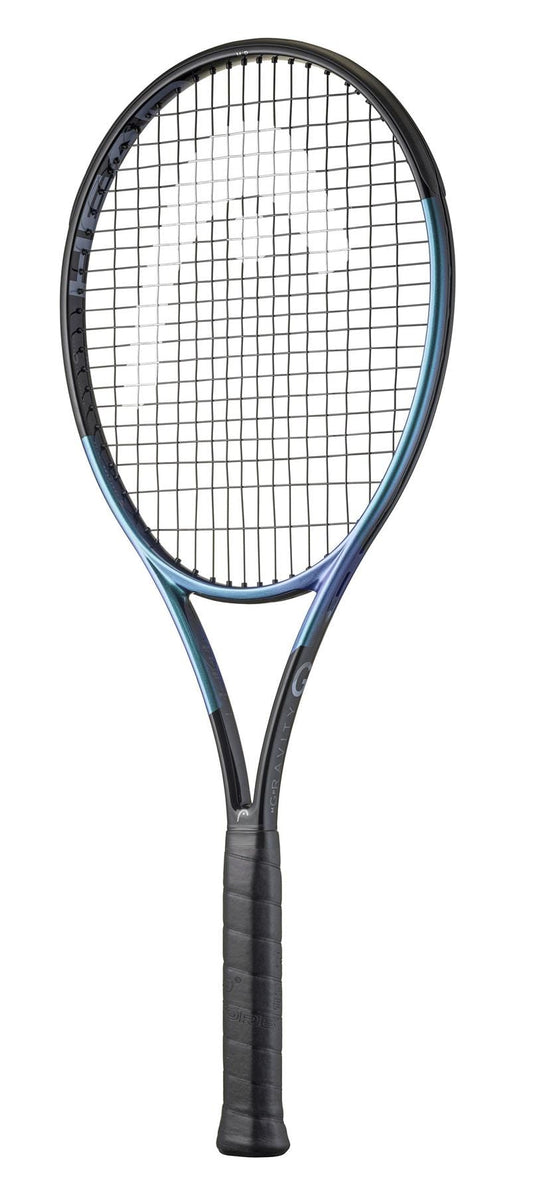
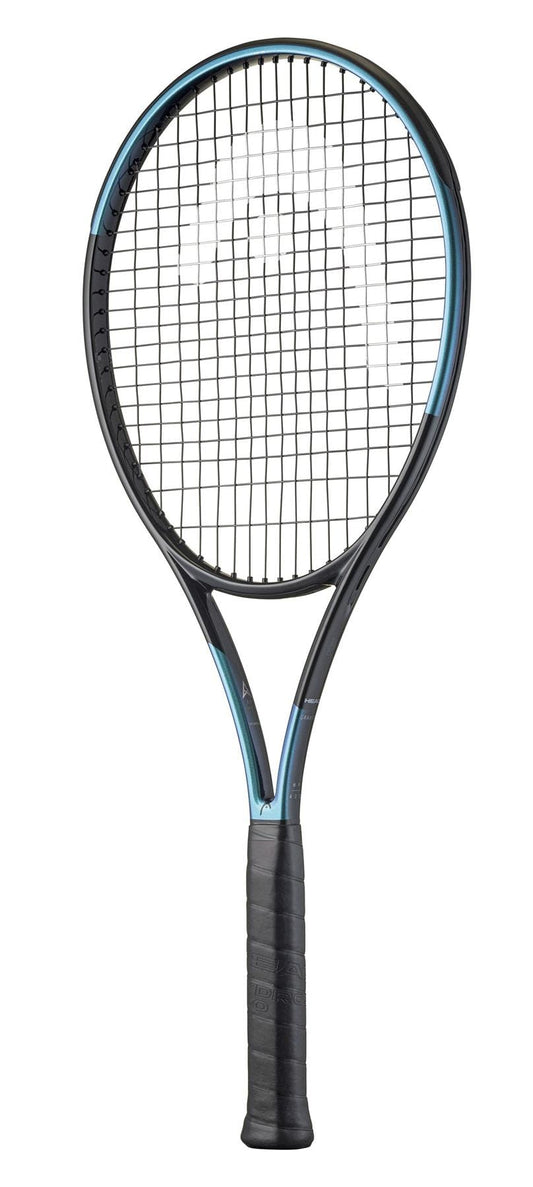 Grip 2 (4" 1/4)Grip 3 (4" 3/8)Grip 4 (4" 1/2)Grip 5 (4" 5/8)295GPrecision / Control100 in² / 645 cm²
Grip 2 (4" 1/4)Grip 3 (4" 3/8)Grip 4 (4" 1/2)Grip 5 (4" 5/8)295GPrecision / Control100 in² / 645 cm²HEAD Gravity MP 2025 Tennis Racket - Black
Save 23%Regular price From £175.99Regular priceUnit price / per£230.00Sale price From £175.99Sale -

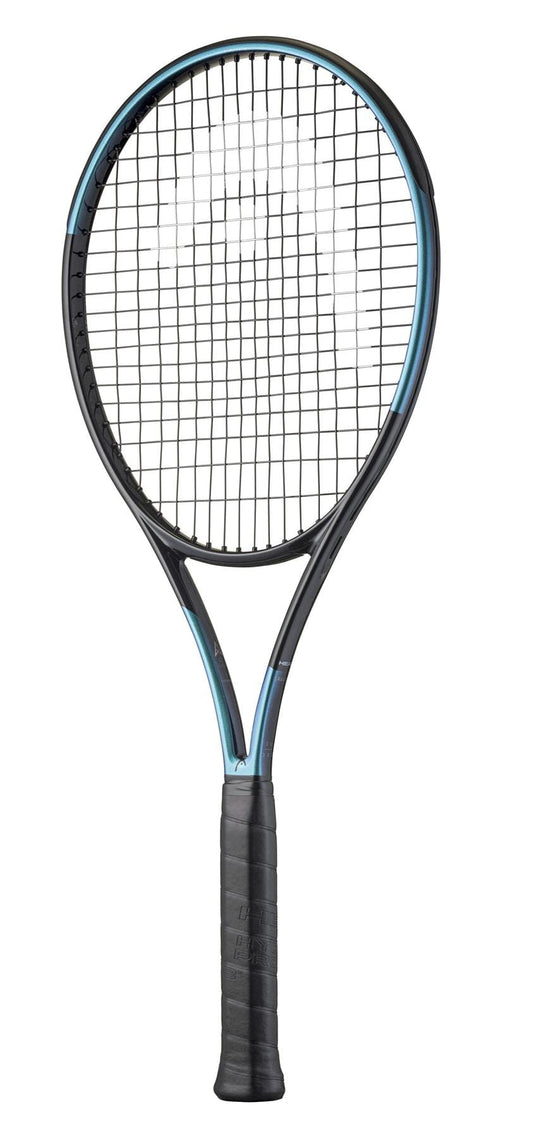 Grip 2 (4" 1/4)Grip 3 (4" 3/8)Grip 4 (4" 1/2)Grip 5 (4" 5/8)305GPrecision / Control98 in² / 630 cm²
Grip 2 (4" 1/4)Grip 3 (4" 3/8)Grip 4 (4" 1/2)Grip 5 (4" 5/8)305GPrecision / Control98 in² / 630 cm²HEAD Gravity Tour 2025 Tennis Racket - Black
Save 24%Regular price £174.99Regular priceUnit price / per£230.00Sale price £174.99Sale -

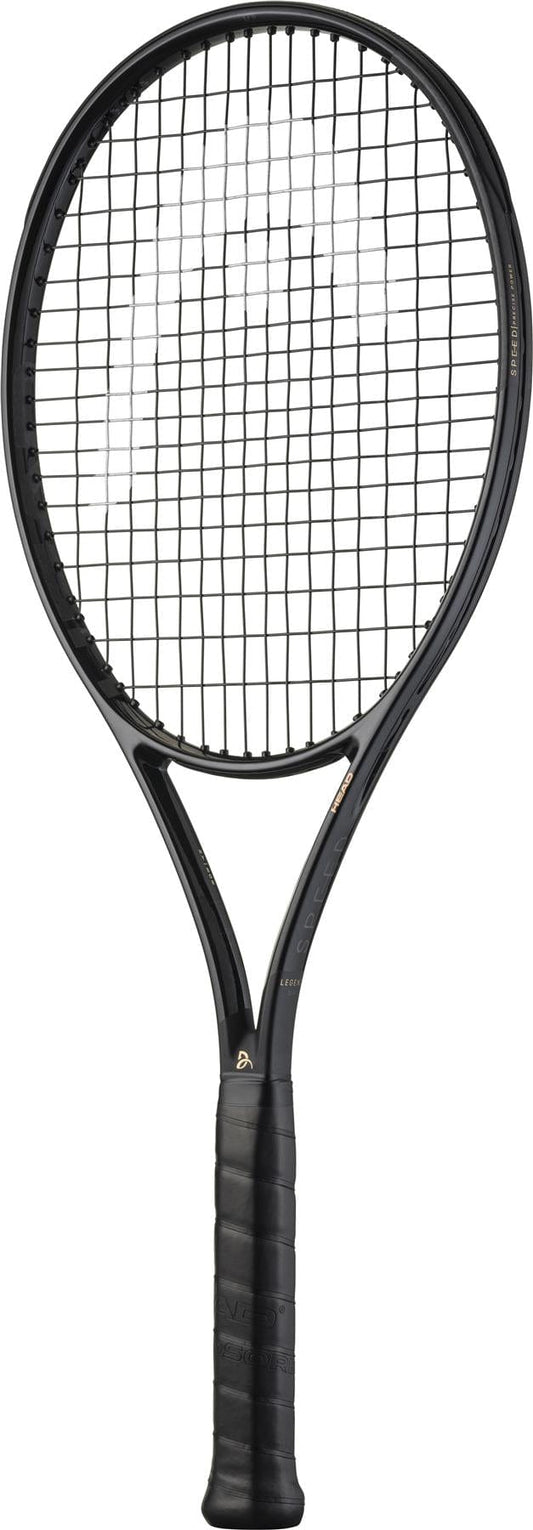 Grip 2 (4" 1/4)Grip 3 (4" 3/8)Grip 4 (4" 1/2)320GPrecision / Control100 in² / 645 cm²
Grip 2 (4" 1/4)Grip 3 (4" 3/8)Grip 4 (4" 1/2)320GPrecision / Control100 in² / 645 cm²HEAD Speed MP Legend 2025 Tennis Racket - Black / Gold
Save 15%Regular price From £194.49Regular priceUnit price / per£230.00Sale price From £194.49Sale -

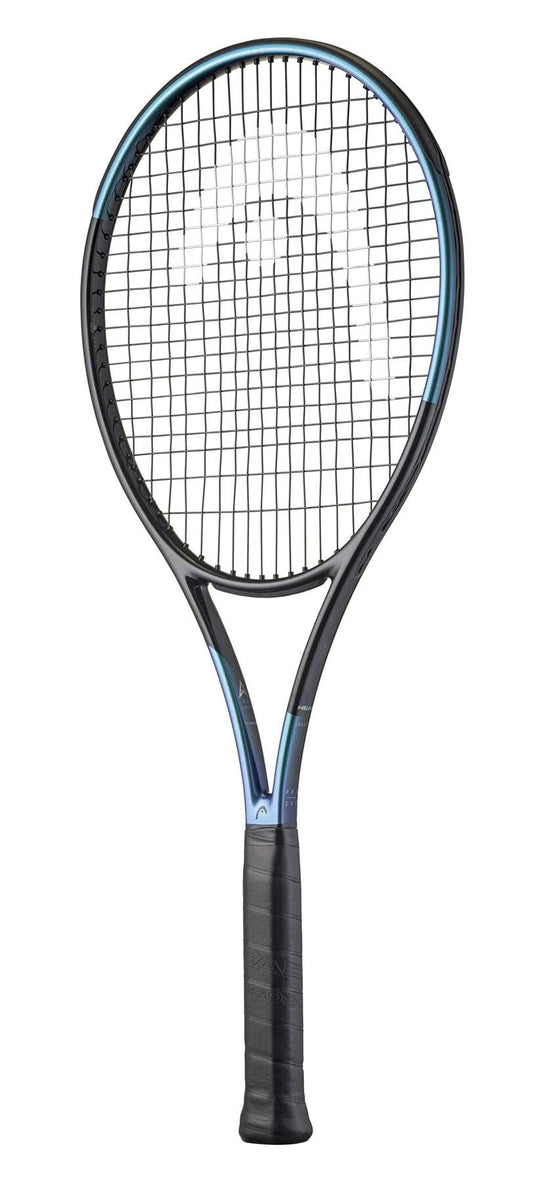 Grip 2 (4" 1/4)Grip 3 (4" 3/8)Grip 4 (4" 1/2)Grip 5 (4" 5/8)315GPrecision / Control100 in² / 645 cm²
Grip 2 (4" 1/4)Grip 3 (4" 3/8)Grip 4 (4" 1/2)Grip 5 (4" 5/8)315GPrecision / Control100 in² / 645 cm²HEAD Gravity Pro 2025 Tennis Racket - Black
Save 23%Regular price £184.99Regular priceUnit price / per£240.00Sale price £184.99Sale -

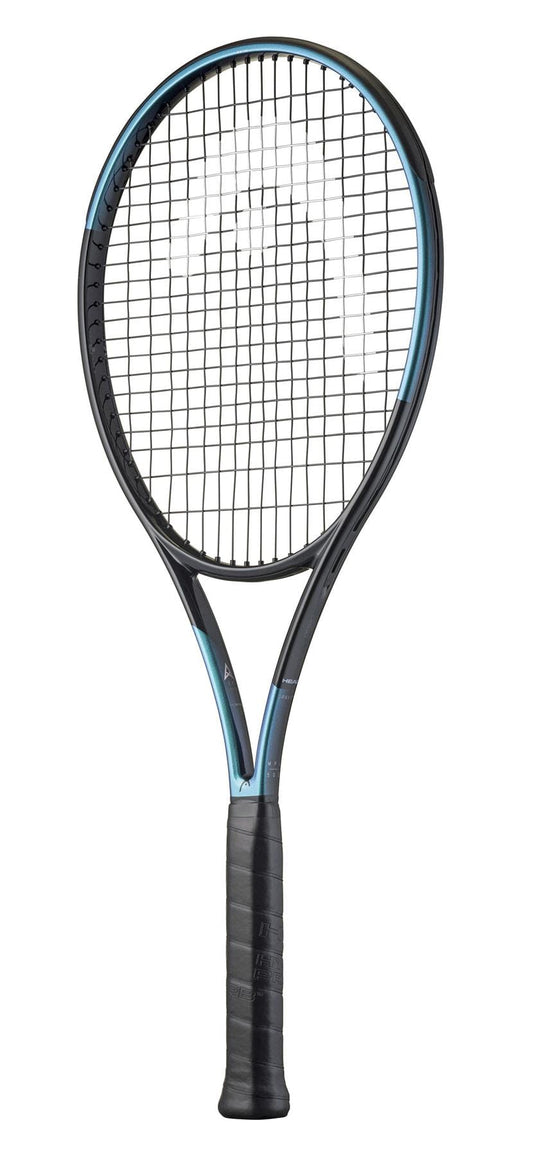 Grip 1 (4" 1/8)Grip 2 (4" 1/4)Grip 3 (4" 3/8)Grip 4 (4" 1/2)280GPrecision / Control100 in² / 645 cm²
Grip 1 (4" 1/8)Grip 2 (4" 1/4)Grip 3 (4" 3/8)Grip 4 (4" 1/2)280GPrecision / Control100 in² / 645 cm²HEAD Gravity MP L 2025 Tennis Racket - Black
Save 23%Regular price £154.99Regular priceUnit price / per£200.00Sale price £154.99Sale -
215GPrecision / Control95 in² / 612 cm²
HEAD IG Speed Junior 23 2024 Tennis Racket - Black
Save 28%Regular price £35.97Regular priceUnit price / per£50.00Sale price £35.97Sale -

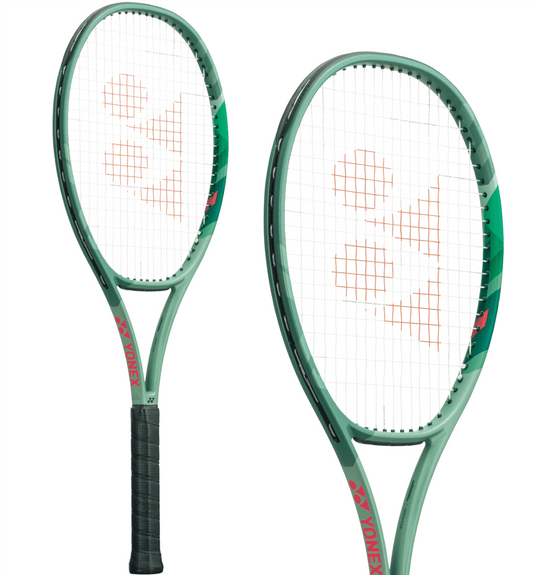 Grip 2 (4" 1/4)Grip 3 (4" 3/8)Grip 4 (4" 1/2)320GPrecision / Control97 in² / 625 cm²
Grip 2 (4" 1/4)Grip 3 (4" 3/8)Grip 4 (4" 1/2)320GPrecision / Control97 in² / 625 cm²Yonex Percept 97D Tennis Racket (Frame Only) - Olive Green
Save 32% SALERegular price From £172.95Regular priceUnit price / per£255.00Sale price From £172.95Sale -

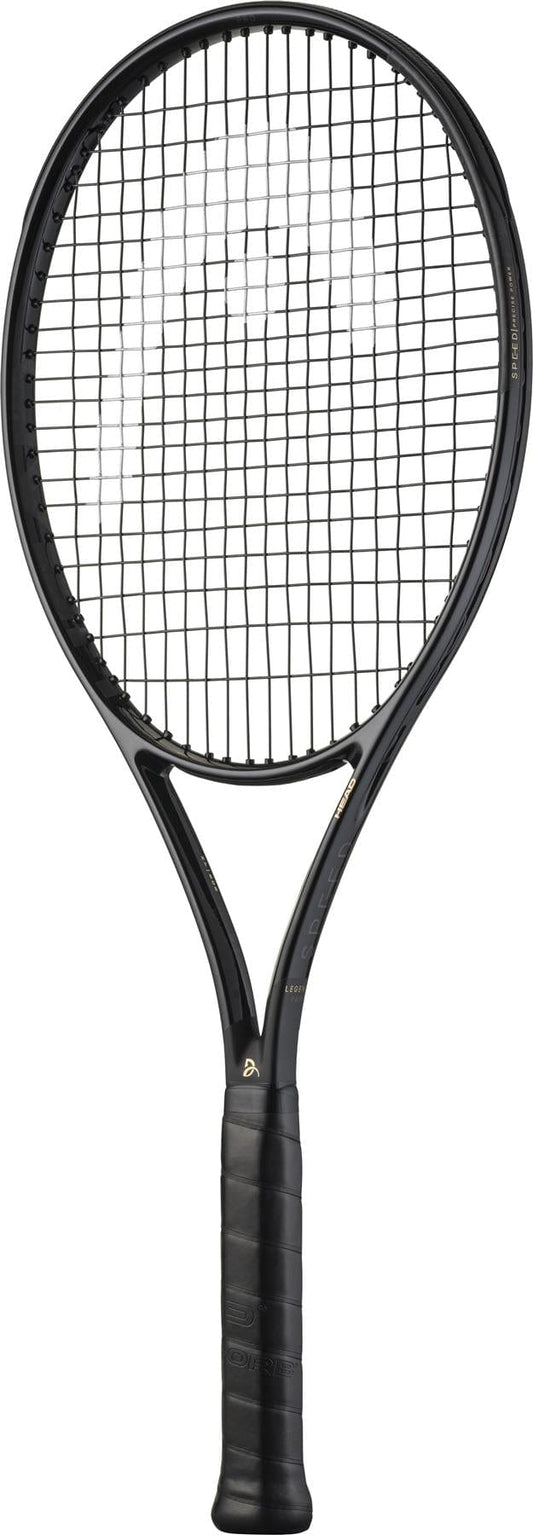 Grip 2 (4" 1/4)Grip 3 (4" 3/8)Grip 4 (4" 1/2)310GPrecision / Control100 in² / 645 cm²
Grip 2 (4" 1/4)Grip 3 (4" 3/8)Grip 4 (4" 1/2)310GPrecision / Control100 in² / 645 cm²HEAD Speed Pro Legend 2025 Tennis Racket - Black / Gold
Save 10%Regular price From £215.95Regular priceUnit price / per£240.00Sale price From £215.95Sale -

 Grip 1 (4" 1/8)Grip 2 (4" 1/4)Grip 3 (4" 3/8)Grip 4 (4" 1/2)255GPrecision / Control115 in² / 741 cm²
Grip 1 (4" 1/8)Grip 2 (4" 1/4)Grip 3 (4" 3/8)Grip 4 (4" 1/2)255GPrecision / Control115 in² / 741 cm²HEAD Speed PWR 2024 Tennis Racket - White / Black
Save 30%Regular price £160.95Regular priceUnit price / per£230.00Sale price £160.95Sale -
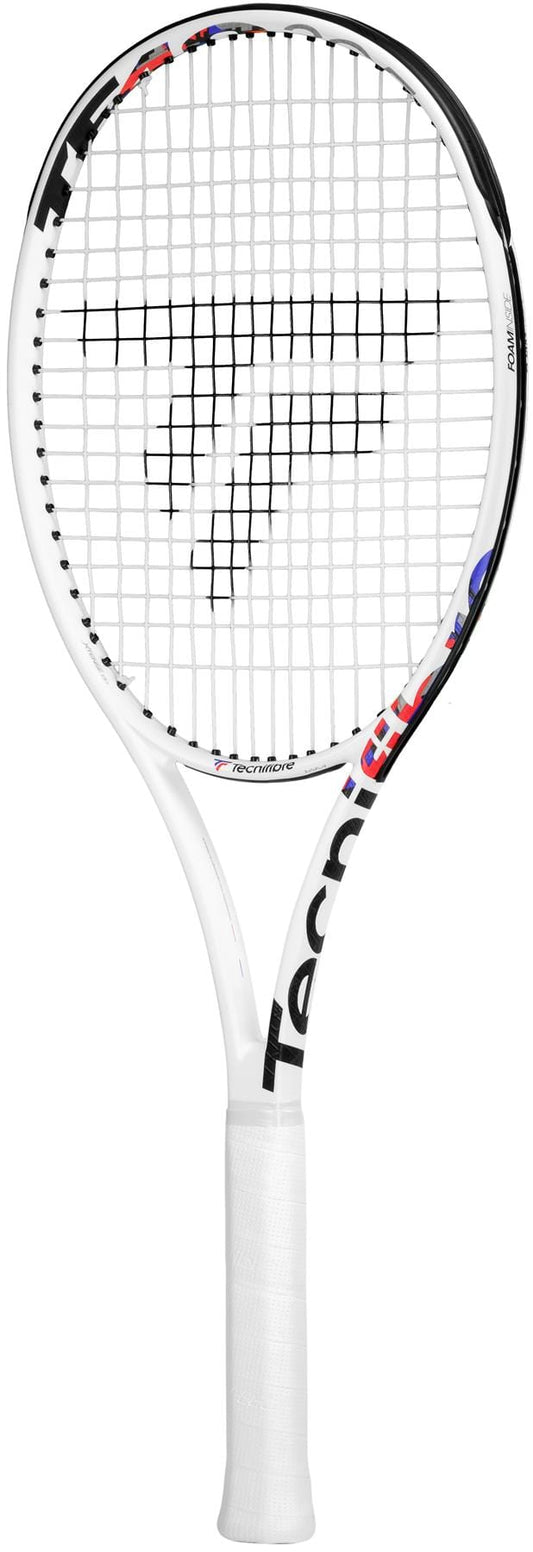
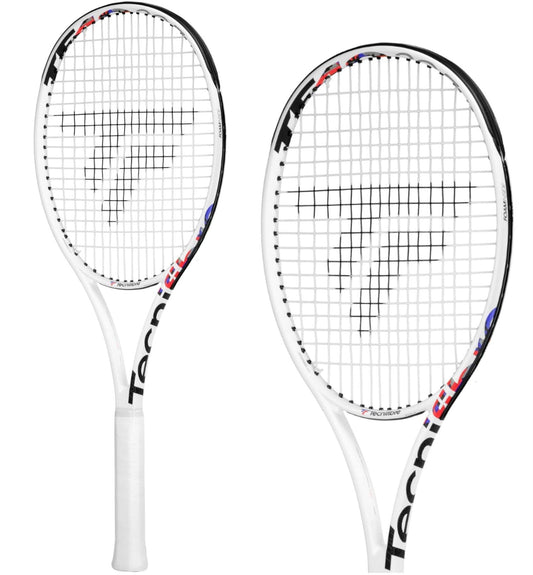 Grip 2 (4" 1/4)Grip 3 (4" 3/8)Grip 4 (4" 1/2)305GPrecision / Control98 in² / 630 cm²
Grip 2 (4" 1/4)Grip 3 (4" 3/8)Grip 4 (4" 1/2)305GPrecision / Control98 in² / 630 cm²Tecnifibre TF40 305 16x19 Tennis Racket - White (Frame Only)
Save 35% SALERegular price From £149.50Regular priceUnit price / per£230.00Sale price From £149.50Sale -

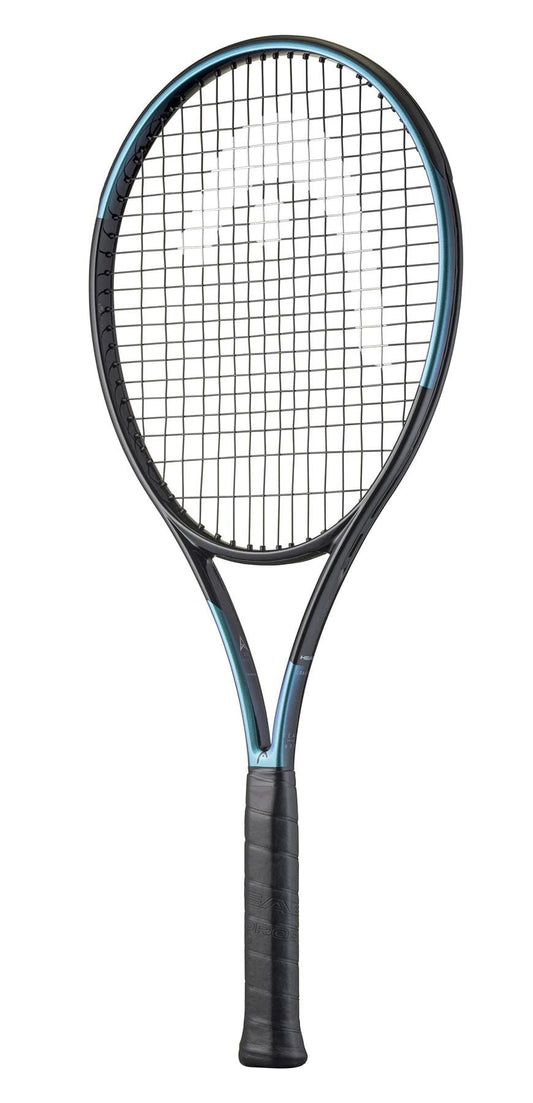 Grip 1 (4" 1/8)Grip 2 (4" 1/4)Grip 3 (4" 3/8)Grip 4 (4" 1/2)270GPrecision / Control100 in² / 645 cm²
Grip 1 (4" 1/8)Grip 2 (4" 1/4)Grip 3 (4" 3/8)Grip 4 (4" 1/2)270GPrecision / Control100 in² / 645 cm²HEAD Gravity Team 2025 Tennis Racket - Black
Save 25%Regular price £149.99Regular priceUnit price / per£200.00Sale price £149.99Sale -
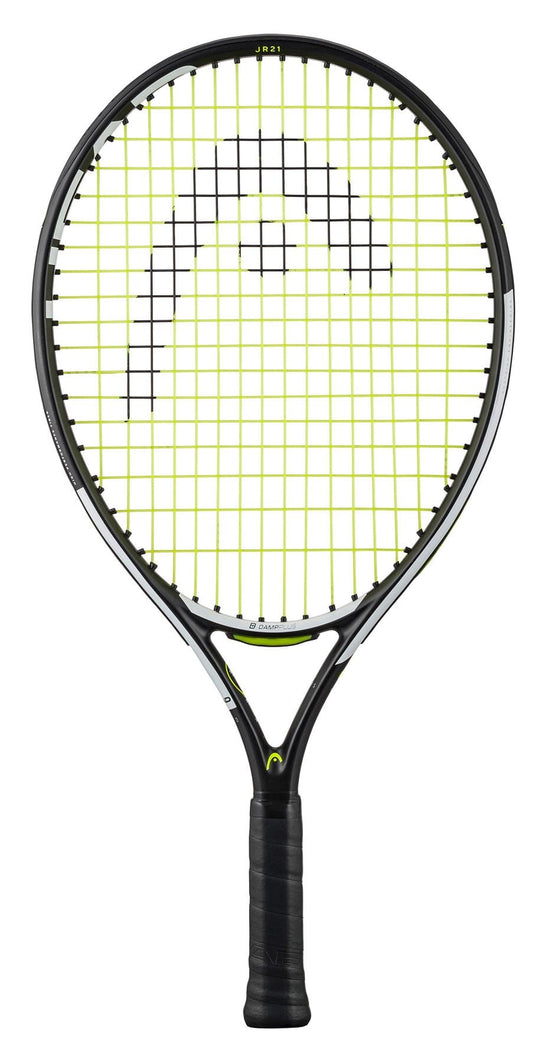
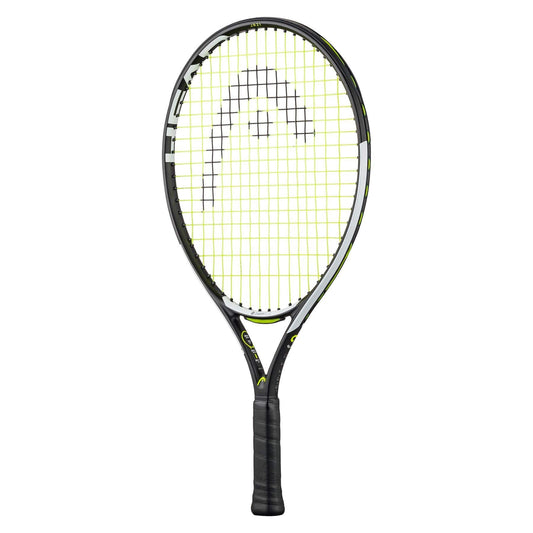 SALE Save 25%200GPrecision / Control91 in² / 590 cm²
SALE Save 25%200GPrecision / Control91 in² / 590 cm²HEAD IG Speed Junior 21 2024 Tennis Racket - Black
Save 25% SALERegular price £37.49Regular priceUnit price / per£50.00Sale price £37.49Sale -

 Grip 2 (4" 1/4)Grip 3 (4" 3/8)Grip 4 (4" 1/2)300GPrecision / Control100 in² / 645 cm²
Grip 2 (4" 1/4)Grip 3 (4" 3/8)Grip 4 (4" 1/2)300GPrecision / Control100 in² / 645 cm²Babolat Pure Strike 100 Gen4 Tennis Racket - Carbon Grey
Save 10%Regular price £211.49Regular priceUnit price / per£235.00Sale price £211.49Sale -
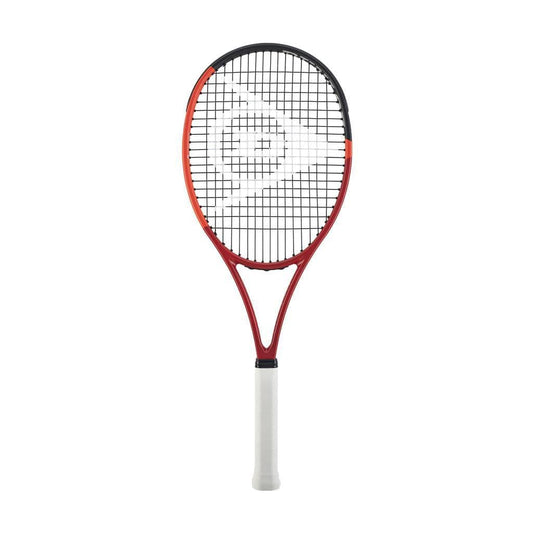
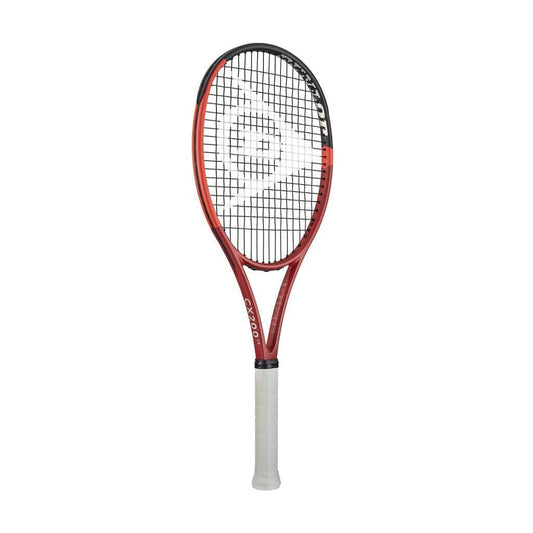 Grip 1 (4" 1/8)Grip 2 (4" 1/4)Grip 3 (4" 3/8)SALE Save 35%290GPrecision / Control98 in² / 630 cm²
Grip 1 (4" 1/8)Grip 2 (4" 1/4)Grip 3 (4" 3/8)SALE Save 35%290GPrecision / Control98 in² / 630 cm²Dunlop CX 200 LS 2024 Tennis Racket - Red
Save 35% SALERegular price From £136.50Regular priceUnit price / per£210.00Sale price From £136.50Sale -
250GPrecision / Control100 in² / 645 cm²
Babolat Pure Strike Junior 26 Gen4 Tennis Racket - Carbon Grey
Save 10%Regular price £94.49Regular priceUnit price / per£105.00Sale price £94.49Sale -
315GPrecision / Control98 in² / 630 cm²
Tecnifibre TF-40 315 18x20 Tennis Racket - White
Save 35% SALERegular price From £149.50Regular priceUnit price / per£230.00Sale price From £149.50Sale -

 Grip 1 (4" 1/8)Grip 2 (4" 1/4)Grip 3 (4" 3/8)265GPrecision / Control100 in² / 645 cm²
Grip 1 (4" 1/8)Grip 2 (4" 1/4)Grip 3 (4" 3/8)265GPrecision / Control100 in² / 645 cm²Babolat Pure Strike Lite Gen4 Tennis Racket - Carbon Grey
Save 10%Regular price £184.49Regular priceUnit price / per£205.00Sale price £184.49Sale -

 Grip 1 (4" 1/8)Grip 2 (4" 1/4)Grip 3 (4" 3/8)Grip 4 (4" 1/2)290GPrecision / Control100 in² / 645 cm²
Grip 1 (4" 1/8)Grip 2 (4" 1/4)Grip 3 (4" 3/8)Grip 4 (4" 1/2)290GPrecision / Control100 in² / 645 cm²Babolat Pure Strike Team Gen4 Tennis Racket - Carbon Grey
Save 10%Regular price £193.49Regular priceUnit price / per£215.00Sale price £193.49Sale -
305GPrecision / Control98 in² / 630 cm²
Tecnifibre TF-40 305 18x20 Tennis Racket - White
Save 30% SALERegular price £161.00Regular priceUnit price / per£230.00Sale price £161.00Sale -
305GPrecision / Control98 in² / 630 cm²
Prince Tour 98 305g Tennis Racket - White
Save 26%Regular price From £144.99Regular priceUnit price / per£195.00Sale price From £144.99Sale -
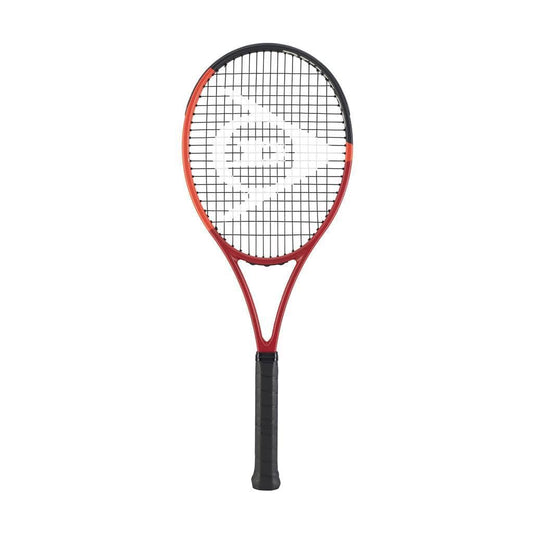
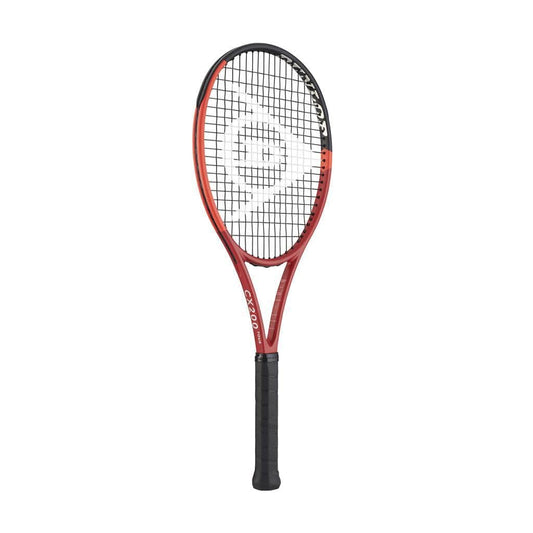 Grip 2 (4" 1/4)Grip 3 (4" 3/8)Grip 4 (4" 1/2)SALE Save 35%310GPrecision / Control95 in² / 612 cm²
Grip 2 (4" 1/4)Grip 3 (4" 3/8)Grip 4 (4" 1/2)SALE Save 35%310GPrecision / Control95 in² / 612 cm²Dunlop CX 200 Tour 16x19 2024 Tennis Racket - Red
Save 35% SALERegular price £149.99Regular priceUnit price / per£230.00Sale price £149.99Sale -

 Grip 2 (4" 1/4)Grip 3 (4" 3/8)Grip 4 (4" 1/2)SALE Save 22%320GPrecision / Control97 in² / 625 cm²
Grip 2 (4" 1/4)Grip 3 (4" 3/8)Grip 4 (4" 1/2)SALE Save 22%320GPrecision / Control97 in² / 625 cm²Yonex Percept 97D Tennis Racket - Midnight Navy
Save 22% SALERegular price From £199.99Regular priceUnit price / per£255.00Sale price From £199.99Sale





















